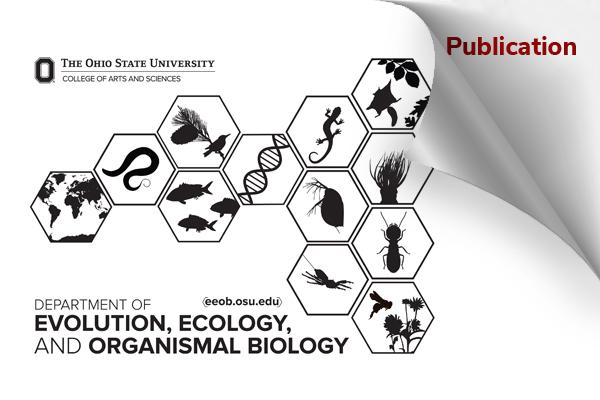EEOB publication - Carter

Expanded diversity of novel hemoplasmas in rare and undersampled Neotropical bats
Dmitriy V. Volokhov, Lauren R. Lock, Kristin E. Dyer, Isabella K. DeAnglis, Benjamin R. Andrews, Molly C. Simonis, Sebastian Stockmaier, Gerald G. Carter, Cynthia J. Downs, M. Brock Fenton, Nancy B. Simmons, Daniel J. Becker. One Health, Volume 17, 2023. 100633, ISSN 2352-7714. https://doi.org/10.1016/j.onehlt.2023.100633.
Abstract
Hemotropic mycoplasmas are emerging as a model system for studying bacterial pathogens in bats, but taxonomic coverage of sampled host species remains biased. We leveraged a long-term field study in Belize to uncover novel hemoplasma diversity in bats by analyzing 80 samples from 19 species, most of which are infrequently encountered. PCR targeting the partial 16S rRNA gene found 41% of bats positive for hemoplasmas. Phylogenetic analyses found two novel host shifts of hemoplasmas, four entirely new hemoplasma genotypes, and the first hemoplasma detections in four bat species. One of these novel hemoplasmas (from Neoeptesicus furinalis) shared 97.6% identity in the partial 16S rRNA gene to a human hemoplasma (Candidatus Mycoplasma haemohominis). Additional analysis of the partial 23S rRNA gene allowed us to also designate two novel hemoplasma species, in Myotis elegans and Phyllostomus discolor, with the proposed names Candidatus Mycoplasma haematomyotis sp. nov. and Candidatus Mycoplasma haematophyllostomi sp. nov., respectively. Our analyses show that additional hemoplasma diversity in bats can be uncovered by targeting rare or undersampled host species.
